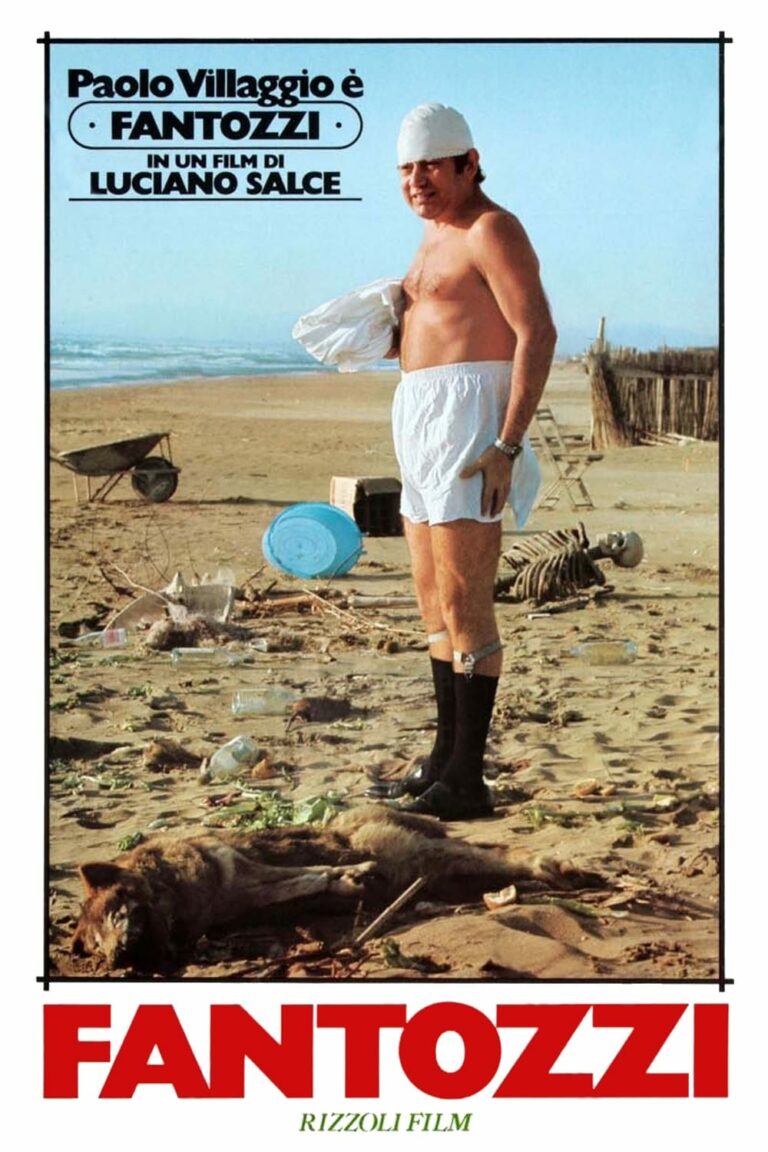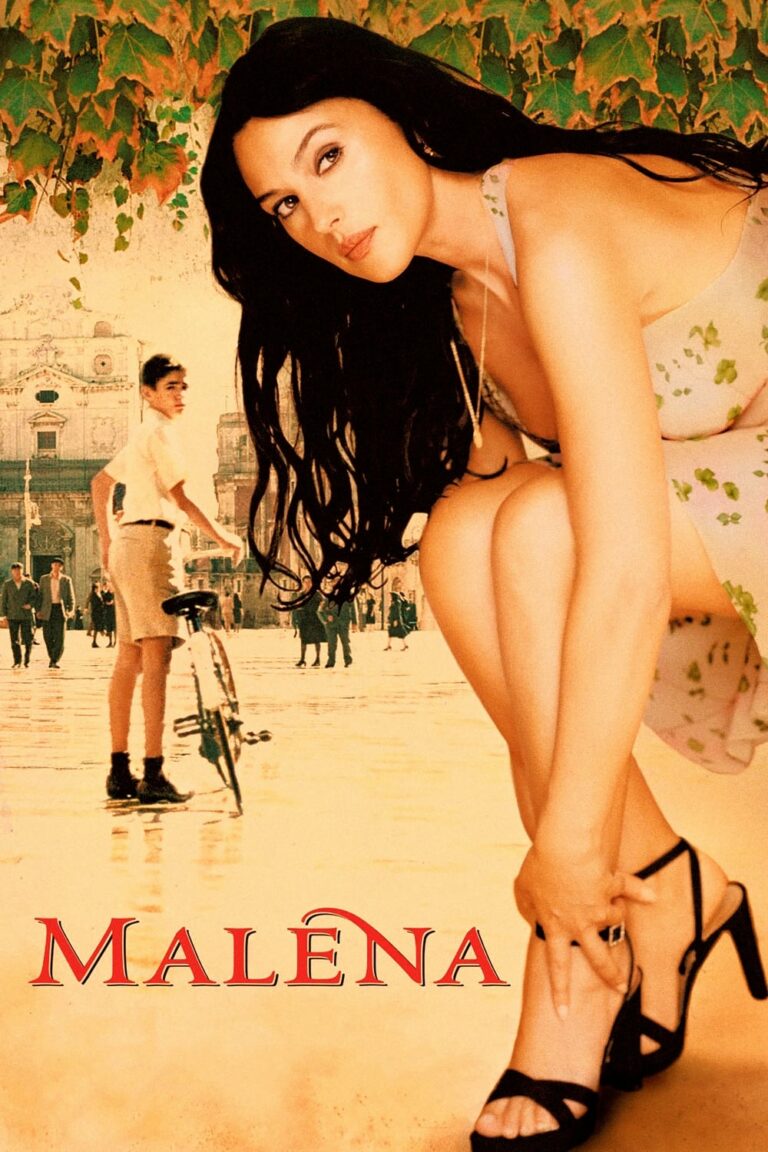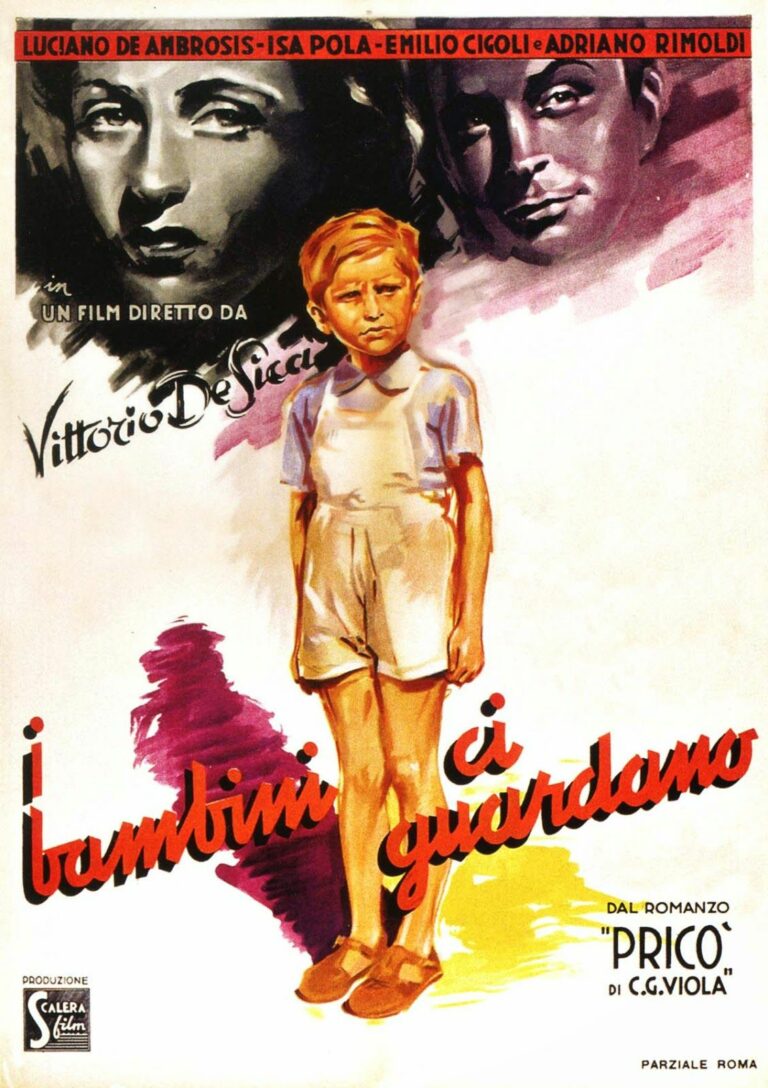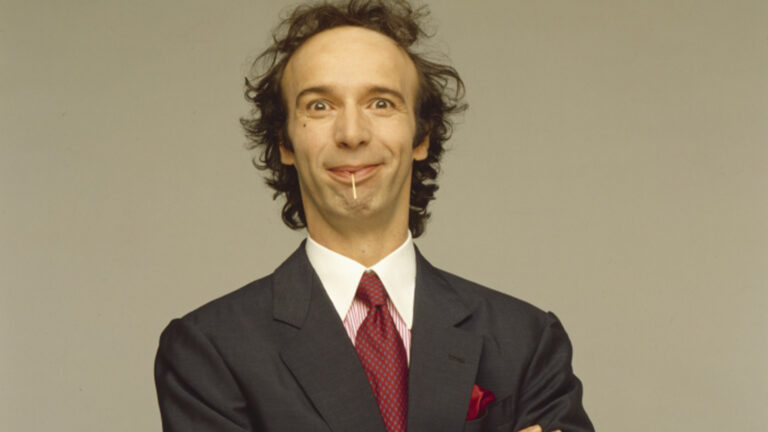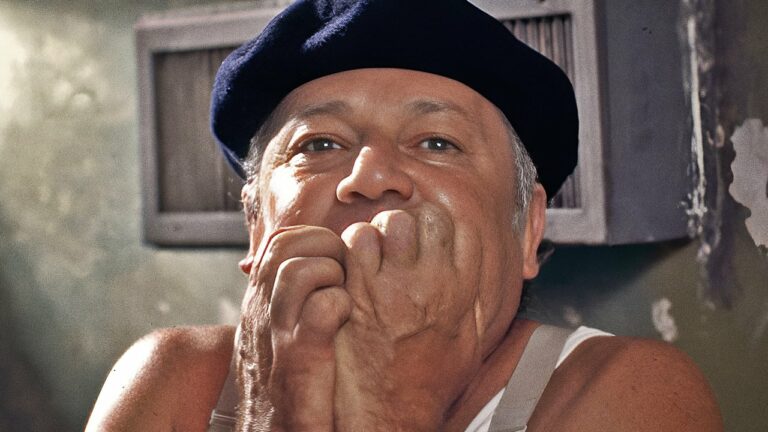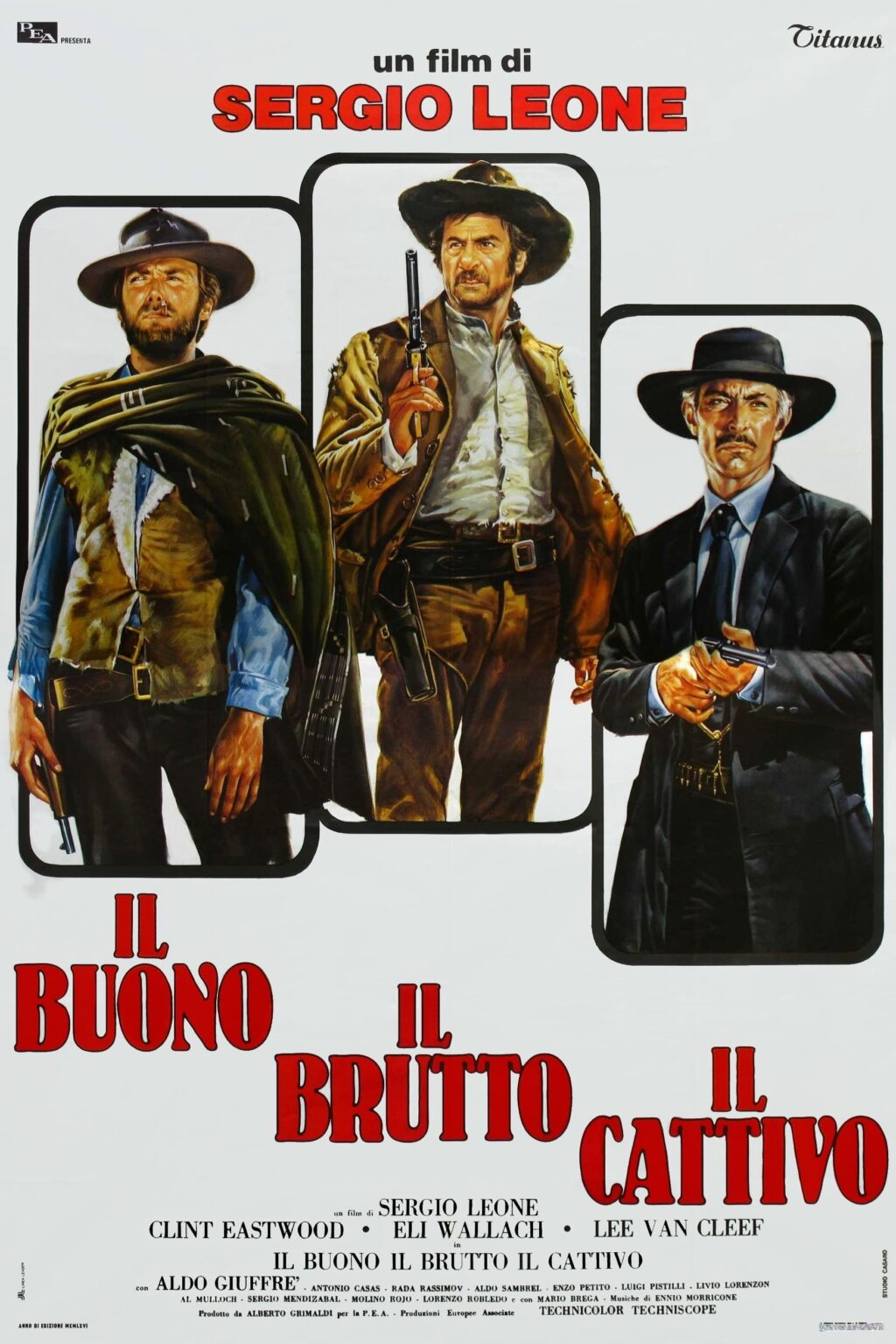
The Good, the Bad and the Ugly (Il buono, il brutto, il cattivo), directed by Sergio Leone, is an iconic Spaghetti Western that continues to captivate audiences decades after its release in 1966. A masterpiece of filmmaking, this film is celebrated for its compelling storytelling, larger-than-life characters, and groundbreaking technical achievements. It is the third installment in Leone’s Dollars Trilogy, preceded by A Fistful of Dollars (1964) and For a Few Dollars More (1965). Yet, it stands as a self-contained epic, often regarded as the pinnacle of the Western genre.
The Plot: A Tale of Greed, Betrayal, and Survival
Set during the chaos of the American Civil War, the film follows the intersecting paths of three morally ambiguous characters: Blondie (The Good), played by Clint Eastwood; Tuco (The Ugly), portrayed by Eli Wallach; and Angel Eyes (The Bad), brought to life by Lee Van Cleef. The three men are driven by a shared goal—finding a buried fortune in Confederate gold.
Blondie and Tuco form an uneasy alliance, using each other’s wits and skills to navigate treacherous landscapes, hostile encounters, and deadly betrayals. Meanwhile, Angel Eyes is relentless in his pursuit, using violence and cunning to close in on the prize. The film culminates in one of cinema’s most famous standoffs, a tense three-way duel at the Sad Hill Cemetery, where greed, honor, and survival clash in an unforgettable sequence.
Characters and Performances
Each of the main characters in The Good, the Bad and the Ugly is a study in moral complexity:
- Blondie (The Good): Clint Eastwood’s portrayal of the laconic gunslinger cemented his status as a cinematic icon. Blondie’s “goodness” is relative, as he is a bounty hunter who manipulates Tuco for financial gain. Yet, his sense of honor and restraint sets him apart from the others.
- Tuco (The Ugly): Eli Wallach steals the show with his charismatic and unpredictable performance. Tuco is a complex mix of humor, desperation, and ruthlessness. His morally dubious actions are tempered by moments of vulnerability, making him one of the most layered characters in the film.
- Angel Eyes (The Bad): Lee Van Cleef delivers a chilling performance as the ruthless, calculating killer. Angel Eyes is a man who fulfills his contracts with cold precision, embodying the darker side of human nature.
The interplay between these characters is electric, driven by their conflicting motivations and shared greed. Their interactions provide both humor and tension, creating an intricate web of alliances and betrayals.
Sergio Leone’s Vision
Sergio Leone’s directorial genius is evident in every frame of The Good, the Bad and the Ugly. His distinctive style includes sweeping landscapes, extreme close-ups, and a deliberate pace that builds tension to a crescendo. Leone’s storytelling eschews conventional morality, presenting a gritty and unflinching portrait of survival and ambition in a lawless world.
One of Leone’s most significant contributions to the film’s success is his collaboration with composer Ennio Morricone. The film’s score is legendary, with its haunting main theme becoming one of the most recognizable pieces of music in cinematic history. The iconic use of whistling, yodeling, and unconventional instrumentation perfectly complements the film’s tone, elevating it to an operatic experience.
Cinematography and Visual Style
Cinematographer Tonino Delli Colli’s work on The Good, the Bad and the Ugly is a visual feast. The film captures the stark beauty of the Spanish deserts, where much of the movie was shot. Leone’s use of widescreen compositions immerses the audience in the desolate, expansive landscapes, creating a sense of both awe and isolation.
Equally impressive are the film’s close-ups, which emphasize the raw emotions and physicality of the characters. Leone’s focus on eyes, sweat, and subtle facial expressions adds intensity to key moments, especially during the climactic duel. This innovative visual language has influenced countless filmmakers, from Quentin Tarantino to Martin Scorsese.
Themes and Symbolism
At its core, The Good, the Bad and the Ugly is a meditation on human nature, morality, and the corrupting influence of greed. The film blurs the lines between good and evil, showing that survival often requires compromise and moral ambiguity. Despite its Western setting, the film’s themes are universal, resonating with audiences across cultures and generations.
The backdrop of the Civil War adds a layer of poignancy to the story. While the three protagonists are indifferent to the larger conflict, their journey is shaped by the chaos and suffering of the war. Leone uses the war as a metaphor for the futility and destructiveness of human ambition, contrasting the grand scale of history with the personal struggles of his characters.
The Legacy of The Good, the Bad and the Ugly
Upon its release, The Good, the Bad and the Ugly received mixed reviews, with some critics dismissing it as excessively violent and lacking in substance. Over time, however, the film has been re-evaluated and is now considered one of the greatest films ever made. Its influence on the Western genre—and cinema as a whole—is immeasurable.
The film’s cultural impact is evident in its countless homages, parodies, and references in popular media. From the stylized violence of Quentin Tarantino’s films to the epic storytelling of Game of Thrones, Leone’s masterpiece continues to inspire new generations of filmmakers.
Conclusion
The Good, the Bad and the Ugly is more than just a film; it is a work of art that redefined the Western genre and set a new standard for cinematic storytelling. Its unforgettable characters, breathtaking visuals, and evocative music combine to create an experience that is as thrilling today as it was in 1966. Sergio Leone’s magnum opus remains a testament to the power of cinema to transport, entertain, and provoke thought.
